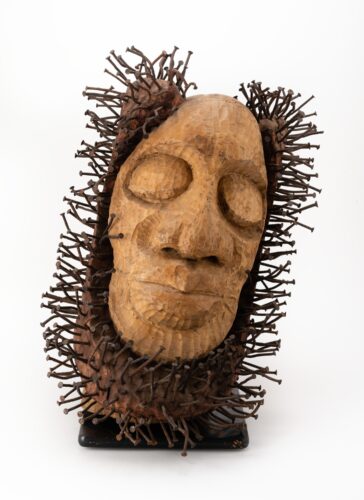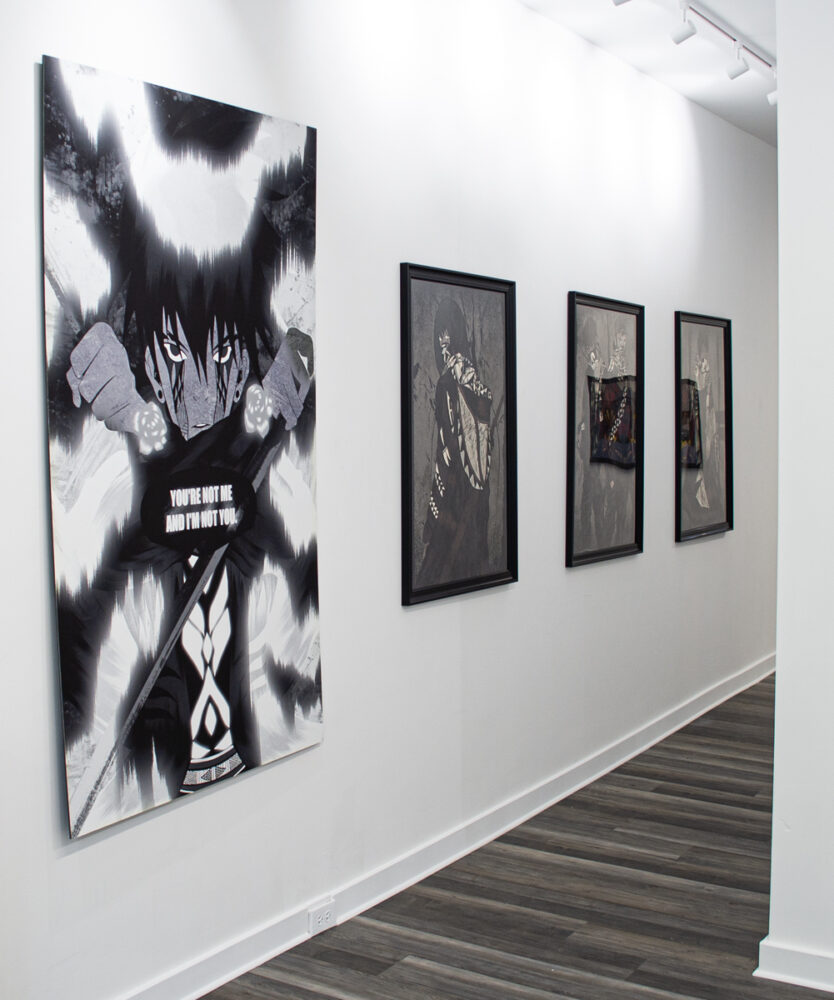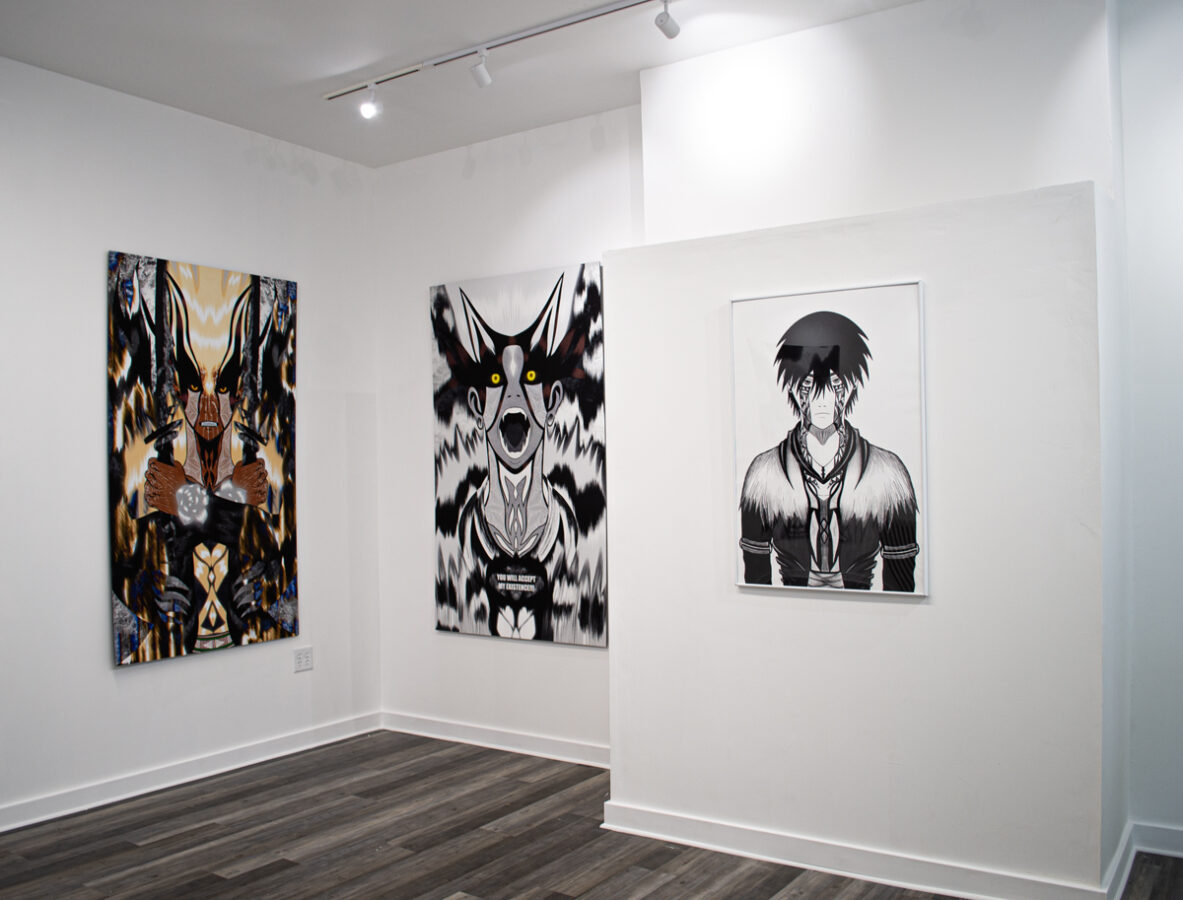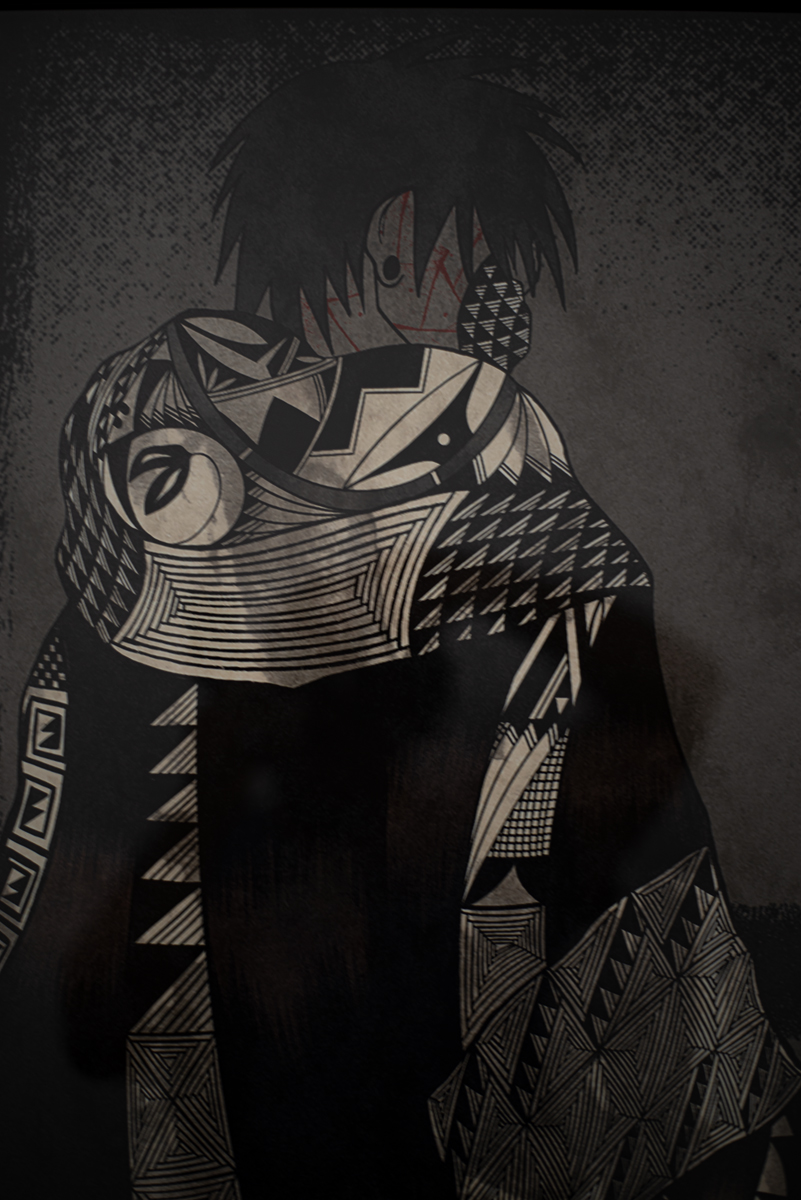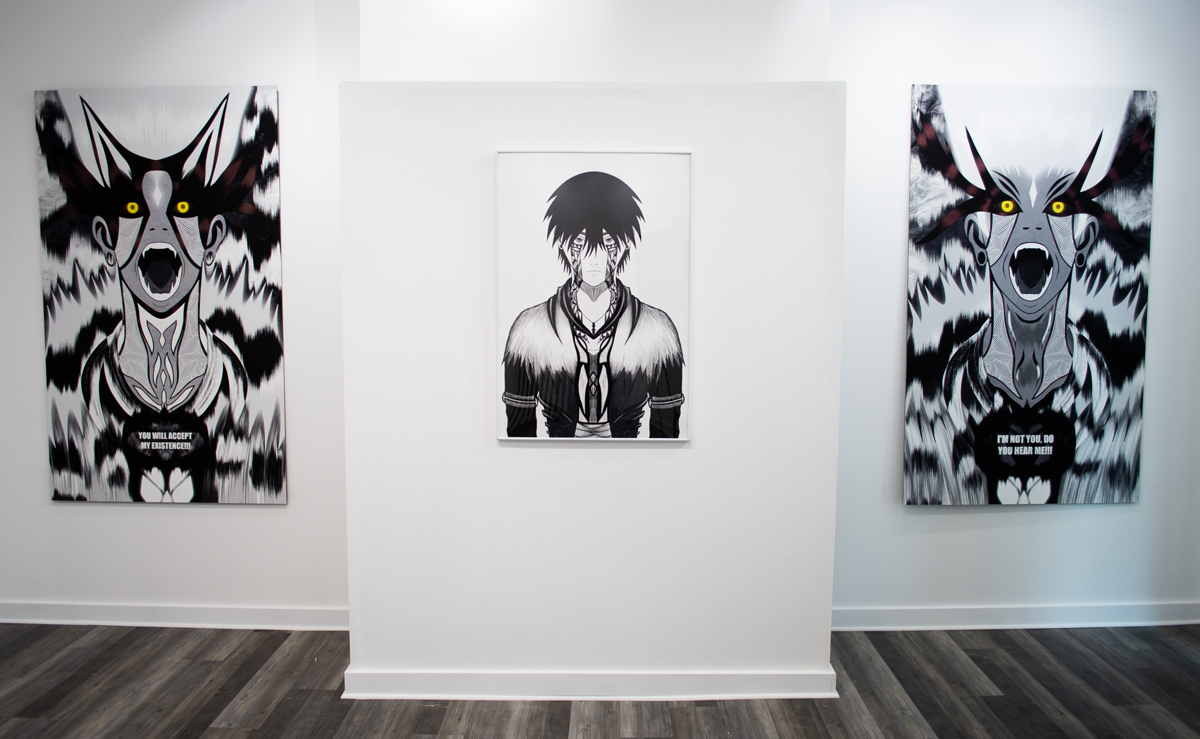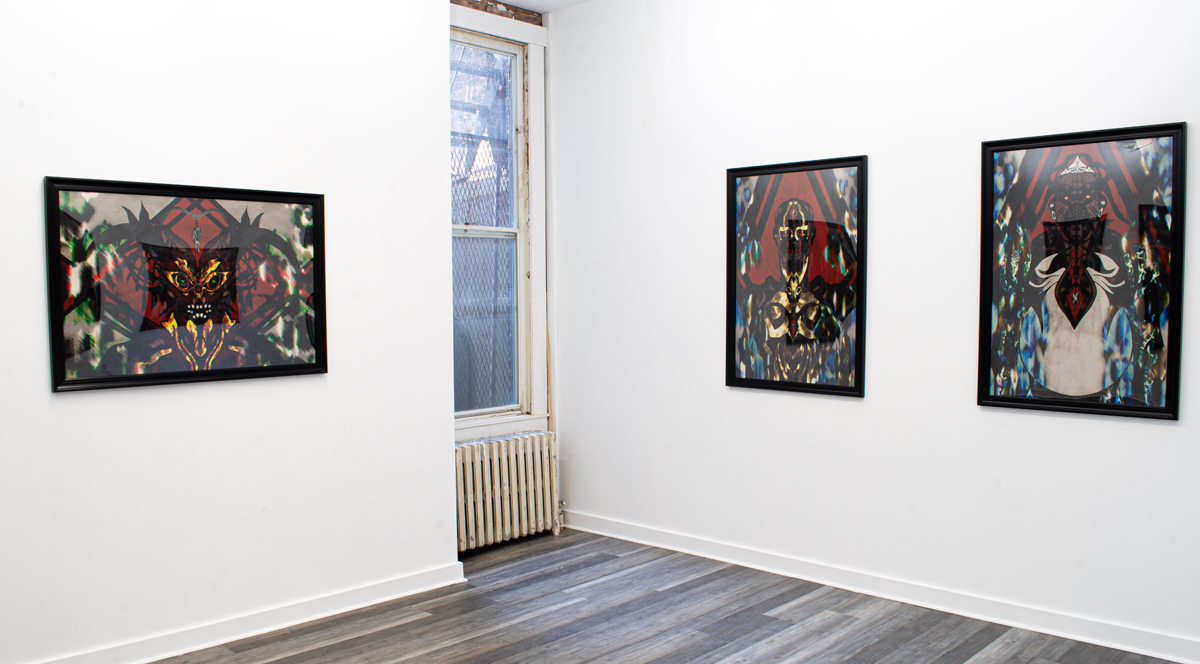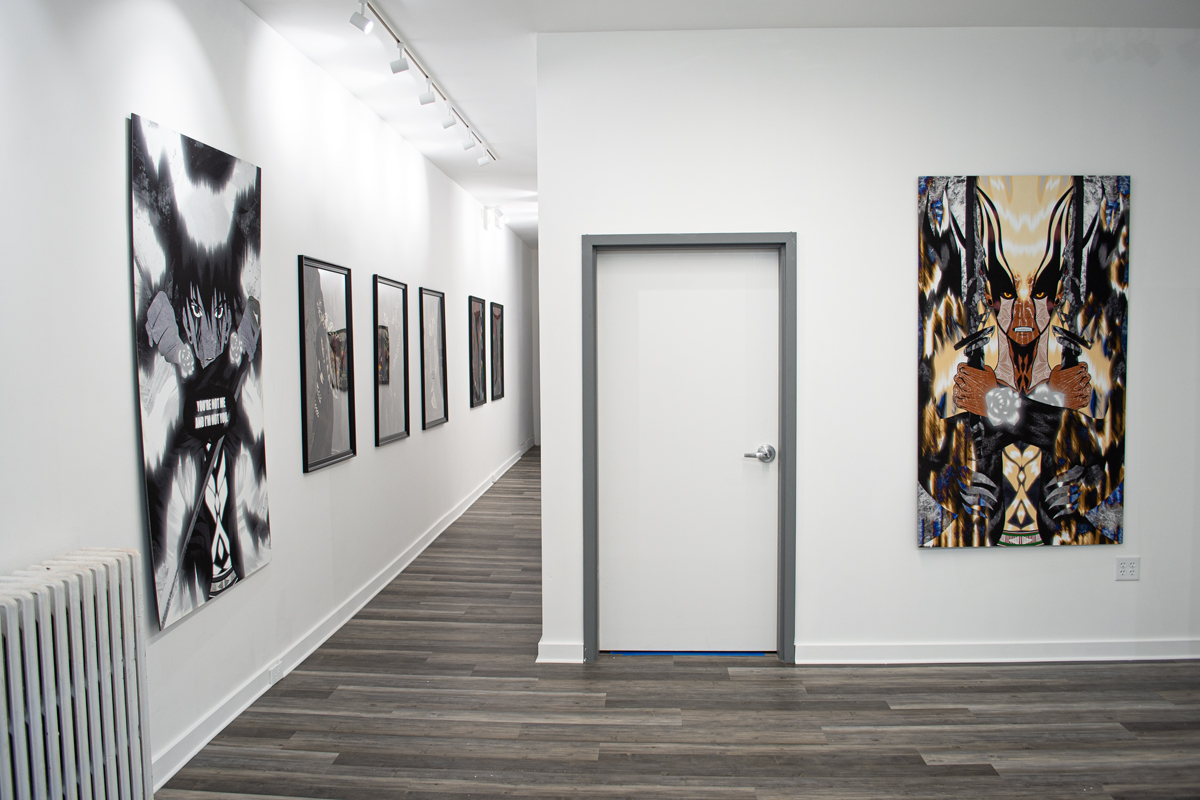Waller Gallery sits nestled into a cozy residential block of North Calvert Street. The block is a checkerboard of different kinds of row houses from different eras, such as the yellow brick variety, or the more standard Old Goucher regal three story. The block is often made invisible by the legacy of Baltimore’s transportation policy, as the street becomes a canyon for car commuters’ daily Death Star trench run through the neighborhood. In this melee, Waller Gallery exemplifies the quiet mundane serendipity of what can be missed by an enclosed motorist.
The block feels lived-in, although it’s bookended by an abandoned house on the south corner—one that’s been deliberately decorated with flowers for as long as I have living memory in Baltimore. To the north, the block is hugged by the crossroads of 25th Street and its din, and features street life that founding gallery director Joy Davis actively engages in, often waving people to come in through the iconic large front window.
This engagement is becoming a bit of a rarity in Baltimore’s post-2010 art scene, with the slow dwindling of former DIY spaces and the trickling retirement of those who once operated them to career changes or perhaps the necessary pivot to gardening. But for Davis–with a history of activism, organizing, and career-long focus on centering voices not historically included in the canon of our increasingly segregated country’s dominant narrative—this inclusion comes quite naturally.
